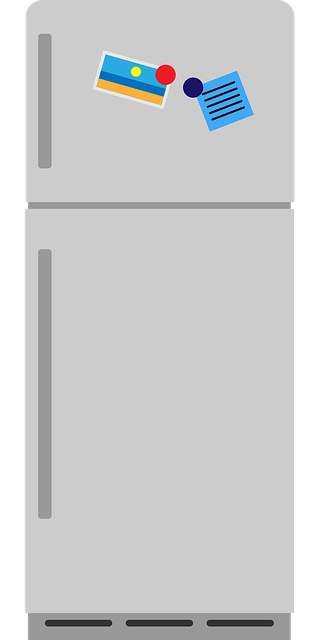When it comes to household appliances, the refrigerator is one of the most overlooked yet hardworking machines in the home. It hums quietly in the background, preserving food and maintaining comfort, but its performance and safety often depend on small details that are easy to ignore. Understanding how to run your refrigerator properly not only protects your food supply but also extends the life of the appliance and reduces energy costs.
Mind the Location

Where your refrigerator sits makes a noticeable difference. Placing it directly next to a heat source such as an oven, dishwasher, or sunny window forces the motor to overwork. Allow at least a few inches of clearance behind and above the unit for proper air circulation. Restricted airflow traps heat, which increases both energy use and wear on mechanical parts.
Adjusting Temperatures Correctly
Many people set the dial once and forget it, but temperature accuracy is critical. The fresh food compartment should typically stay between 37–40°F, while the freezer should hover around 0°F. A simple appliance thermometer is inexpensive and provides reassurance that your settings are truly protecting food. Overcooling wastes electricity, while undercooling invites bacteria.
Organize with Airflow in Mind
Refrigerators are designed with circulating air in mind, so overcrowding shelves can restrict cooling. Keep vents unblocked, and avoid stacking items so tightly that cold air cannot circulate freely. At the same time, avoid running the refrigerator nearly empty—moderate stocking helps stabilize temperatures.
Regular Cleaning is Not Optional
The coils at the back or bottom of your refrigerator collect dust and pet hair, reducing efficiency and stressing the compressor. A soft brush or vacuum applied twice a year keeps them clear. Inside the unit, spills and crumbs should be wiped promptly. Clean gaskets around the door as well; sticky residues here can weaken the seal and allow cold air to escape.
Door Habits Matter
Frequent or prolonged door openings are more harmful than most people realize. Every time the door lingers open, warm, moist air enters and forces the system to work harder. Be deliberate: know what you’re reaching for before opening, and close the door firmly each time.
Keep an Eye on the Sound
A refrigerator should run with a steady, low-level hum. Clicking, rattling, or loud buzzing often signals a maintenance issue that should not be ignored. Early attention to unusual noises can prevent costly repairs or premature replacement.
Final Thoughts
A refrigerator is more than a storage box; it is a finely tuned system that depends on proper use and care. By choosing a good location, setting accurate temperatures, maintaining airflow, cleaning regularly, and paying attention to both your habits and the appliance’s behavior, you ensure safe food preservation, lower energy costs, and a longer appliance lifespan. Small adjustments today protect both your household budget and the reliability of one of your most essential home tools.

Recent Comments